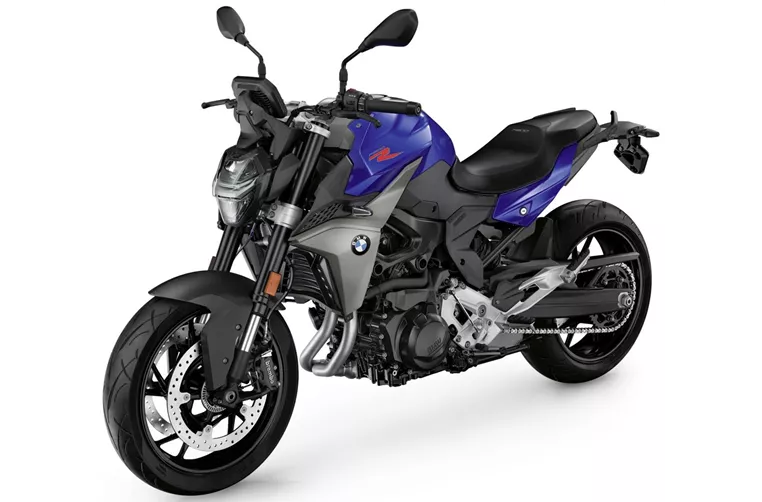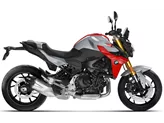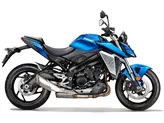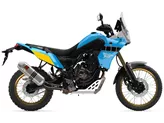Kawasaki Z900 2017 vs. BMW F 900 R 2020

Kawasaki Z900 2017
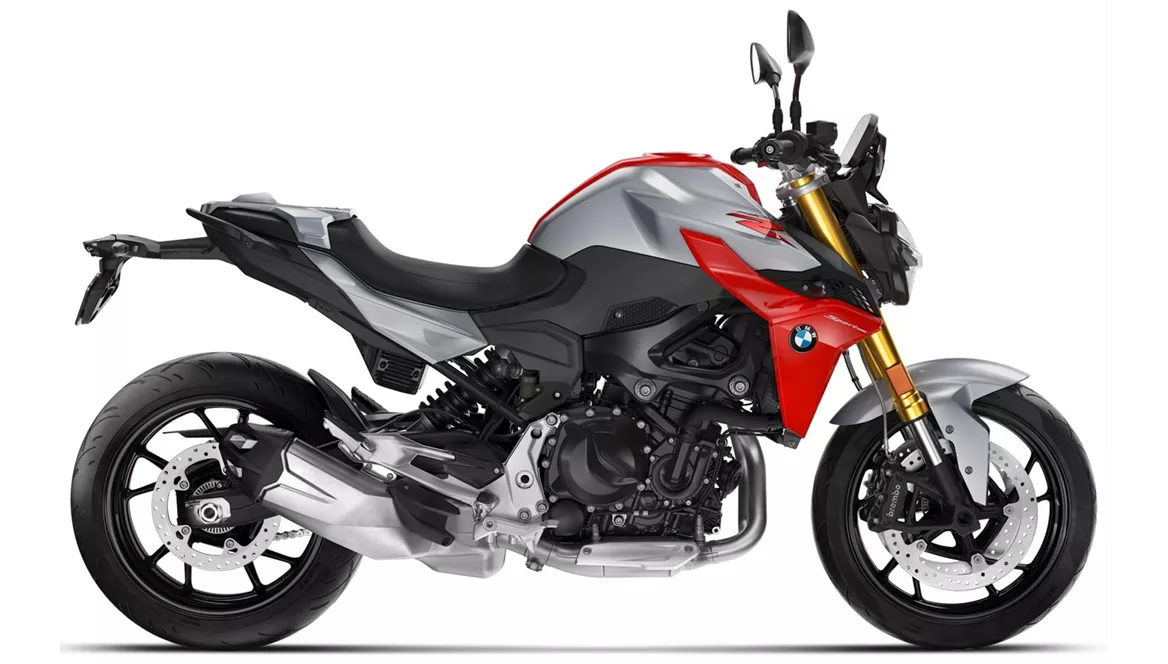
BMW F 900 R 2020
Overview - Kawasaki Z900 2017 vs BMW F 900 R 2020
The Kawasaki Z900 2017 and the BMW F 900 R 2020 are both naked bikes that offer a thrilling riding experience. However, there are some notable differences between the two models.
In terms of engine specifications, the Kawasaki Z900 2017 is equipped with an in-line, liquid-cooled engine with a displacement of 948cc. It delivers a power output of 125.4 HP and a torque of 98.6 Nm. On the other hand, the BMW F 900 R 2020 features a 2-cylinder, liquid-cooled engine with a displacement of 895cc. It produces a slightly lower power output of 105 HP and a torque of 92 Nm.
Both bikes feature upside-down telescopic forks for the front suspension and a swing arm with a monoshock for the rear suspension. The suspension systems on both bikes offer a comfortable ride and allow for adjustments in preload and rebound. The chassis on both models is made of steel, providing stability and durability.

Kawasaki Z900 2017
When it comes to braking, both bikes are equipped with double disk brakes at the front with a diameter of 300mm for the Kawasaki Z900 2017 and 320mm for the BMW F 900 R 2020. Both bikes also feature four-piston calipers for effective braking. The BMW F 900 R 2020 stands out with its radial brake technology, which enhances braking performance.
In terms of advanced rider assistance systems, both bikes are equipped with ABS for added safety. However, the BMW F 900 R 2020 offers additional features such as anti-slipping control and riding modes, allowing for a more customizable riding experience.
In terms of dimensions and weights, the BMW F 900 R 2020 has a slightly longer wheelbase of 1518mm compared to the 1450mm wheelbase of the Kawasaki Z900 2017. The seat height is also slightly higher on the BMW F 900 R 2020, measuring 815mm compared to the 795mm seat height of the Kawasaki Z900 2017. Both bikes have similar tire widths and diameters.
In terms of strengths, the Kawasaki Z900 2017 is praised for its ingenious naked bike chassis, superb looks, and a responsive engine with a well-balanced torque. It is also considered to offer an optimum intersection of performance, price, and practical use.
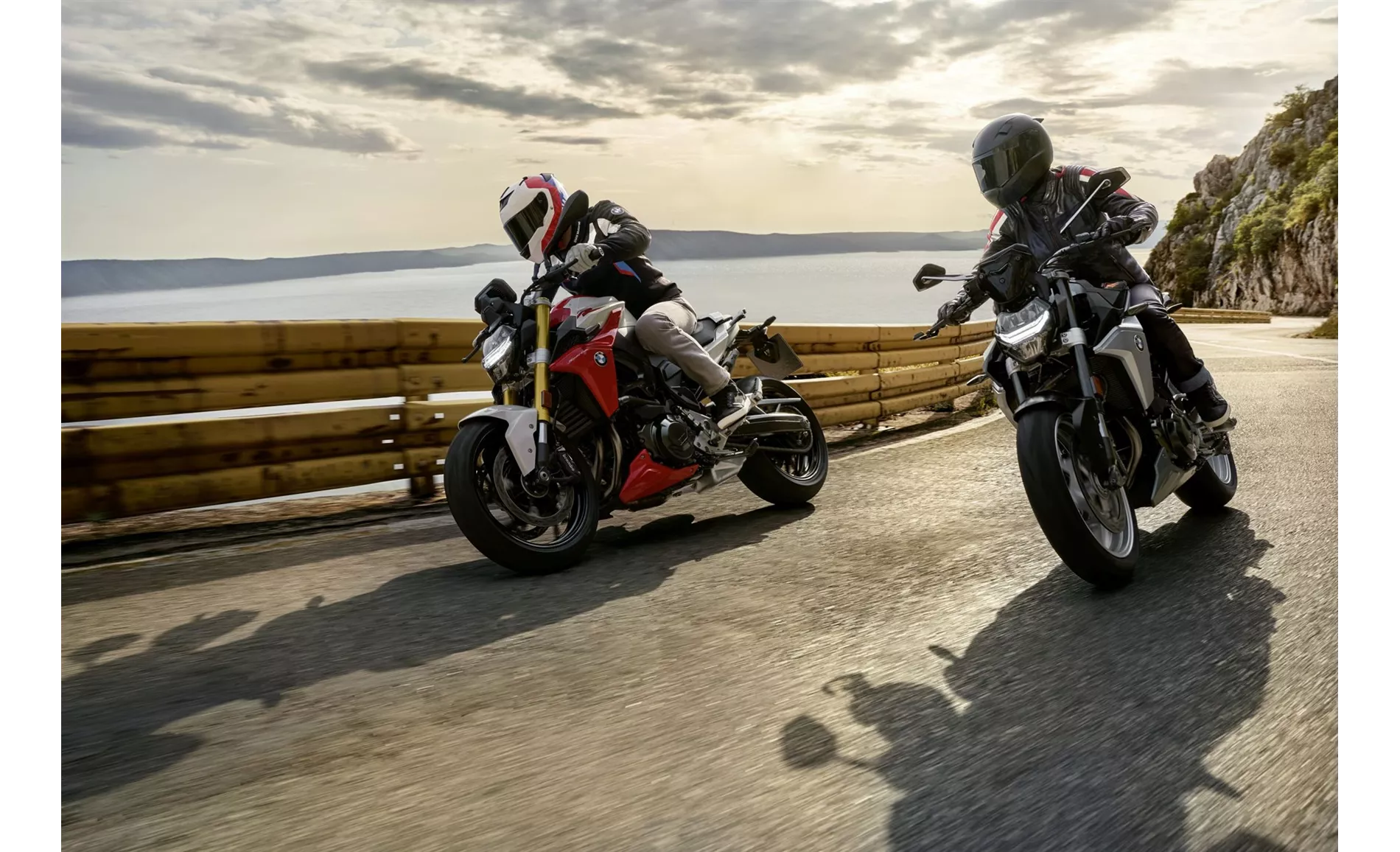
BMW F 900 R 2020
On the other hand, the BMW F 900 R 2020 is commended for its easy handling, high stability, and a chassis that provides a fine response. The engine on the BMW F 900 R 2020 is well-behaved, and the brakes are highly effective. Additionally, the bike offers an active yet bearable seating position and a wide range of accessories to customize the riding experience.
As for weaknesses, the Kawasaki Z900 2017 is noted to have a narrow knee angle, which may be uncomfortable for taller riders. The BMW F 900 R 2020 has a smaller fuel tank capacity of 13 liters, which may require more frequent refueling. However, the engine performance on the BMW F 900 R 2020 is generally regarded as good.
Overall, both the Kawasaki Z900 2017 and the BMW F 900 R 2020 offer exciting riding experiences with their respective strengths and weaknesses. The choice between the two models ultimately depends on individual preferences and priorities.
Technical Specifications Kawasaki Z900 2017 compared to BMW F 900 R 2020
Pros and Cons in comparison
Pros and Cons in comparison
Kawasaki Z900 2017

An incredibly well-designed motorbike. A lot of test work and attention to detail went into it. It has exactly the right power, exactly the right chassis and exactly the right look. An all-round successful naked bike that will make you happy for a long time. If you like, you can ride it simply and faithfully, but if you want, you can also ride it really fast and it wheels like hell. Great!
BMW F 900 R 2020
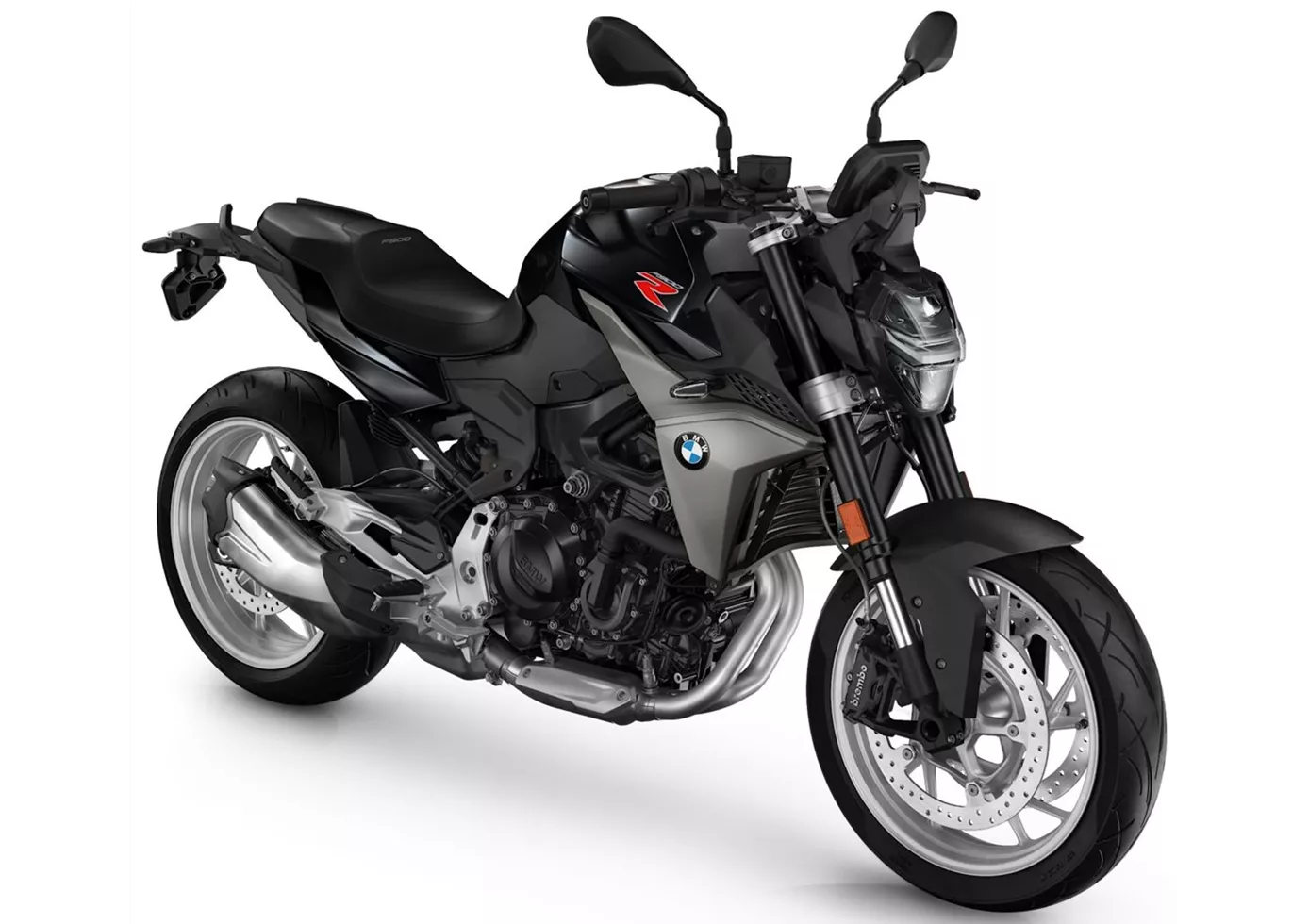
The BMW F 900 R offers easy-to-use cornering fun, enormously high stability, an active yet comfortable riding position and a smooth but also unemotional engine. Those who like it fast and twisty will be happy with it. The possibilities for configuration are almost endless but of course not free of charge.
Price Comparison Avarage Market Price Kawasaki Z900 vs BMW F 900 R
There are a few key differences between a Kawasaki Z900 2017 and a BMW F 900 R 2020. In terms of price, the actual average price of a BMW F 900 R 2020 is about 7% higher. A Kawasaki Z900 2017 experiences a loss of 530 GBP in one year and 930 GBP in two years of ownership. This is offset by a loss of 710 GBP and 710 GBP for a BMW F 900 R 2020. Compared to BMW F 900 R 2020 there are more Kawasaki Z900 2017 bikes available on the 1000PS.de Marketplace, specifically 43 compared to 14. It takes less time to sell a BMW F 900 R with 82 days compared to 85 days for the Kawasaki Z900. Since model year 2017 1000PS.de editors have written 46 reviews for the Kawasaki Z900 and 24 reviews for the BMW F 900 R since model year 2020. The first review for the Kawasaki Z900 was published on 11/11/2016 and now has more than 93,200 views. This compares to more than 154,700 views for the first review on BMW F 900 R published on 05/11/2019.

